Learning Spanish in Mexico
During our first three weeks in Mexico, we realized that while our Spanish skills were sufficient to order food or pick up the keys to our accommodations, we could rarely get deeper into a conversation. Especially during our stay with Alejandrina in Valladolid we would have liked to have more language skills to be able to talk to her better. It quickly became clear to us: we are going to take a Spanish course! We found a suitable language school in Merida, the capital of Yucatan, and stayed there for two weeks. The language school "La Calle", located in the heart of Merida's historic center, has as its main goal that the students are able to express themselves and converse well. Tomek and I signed up for an intensive course where we sat together in a small group every day from 9am-1pm. With a combination of free speaking and various exercises, we were able to consolidate our previous knowledge and, thanks to our lovely teacher Karla, who was also very fond of telling stories herself, we were able to learn a lot about the Yucatecos and Merida along the way. There were four of us in the first week and we formed a class together with Isobel from California and Sumair from Baltimore. The school has a pool and there is even a small bistro, but unfortunately it was closed due to Corona. By the way, we also had to wear masks during class.
First impression of the city
Merida is a really nice city where you can stroll through the streets and soak up the atmosphere. The streets are numbered (longitudinal streets with even numbers and cross streets with odd numbers), so you can find your way very quickly. We had a small apartment that was very centrally located. On our first day, we walked from our accommodation to the historic center and were directly approached by an amigo who handed us a business card of a restaurant. He started off very sympathetically by saying that Tomek was so tall and asked us where we were from and we stopped and struck up a conversation. He said that he even speaks a little German, because just recently a couple of tourists asked him where they could buy a "Hängematte". He really used the German word for hammock and I thought it was totally beautiful. Promptly he showed us pictures on his cell phone of the plant from which the material for the hammocks is made, explained to us that 95% of the Yucatecos do not sleep in beds but in hammocks (was also confirmed by our Spanish teacher) and he showed us where we can buy them best. I was totally inspired by the conversation. Unfortunately, however, we soon found out that the icebreaker with the German word "hammock" is simply a standard phrase and later we heard all kinds of stories about why a person knows the word in German. Once again it became clear that I am probably a bit too naive. But we still didn't buy anything.
As is often the case, we enjoyed sitting down in town after arrival, having a coffee and watching the people. Our first impression of Merida was that it has a very quiet and relaxed atmosphere. We had expected much more hustle and bustle from a city of more than 800,000 people.
We were sitting under this big tree and had just finished our drinks when a bird also greeted us in its very own way. Shit happens!
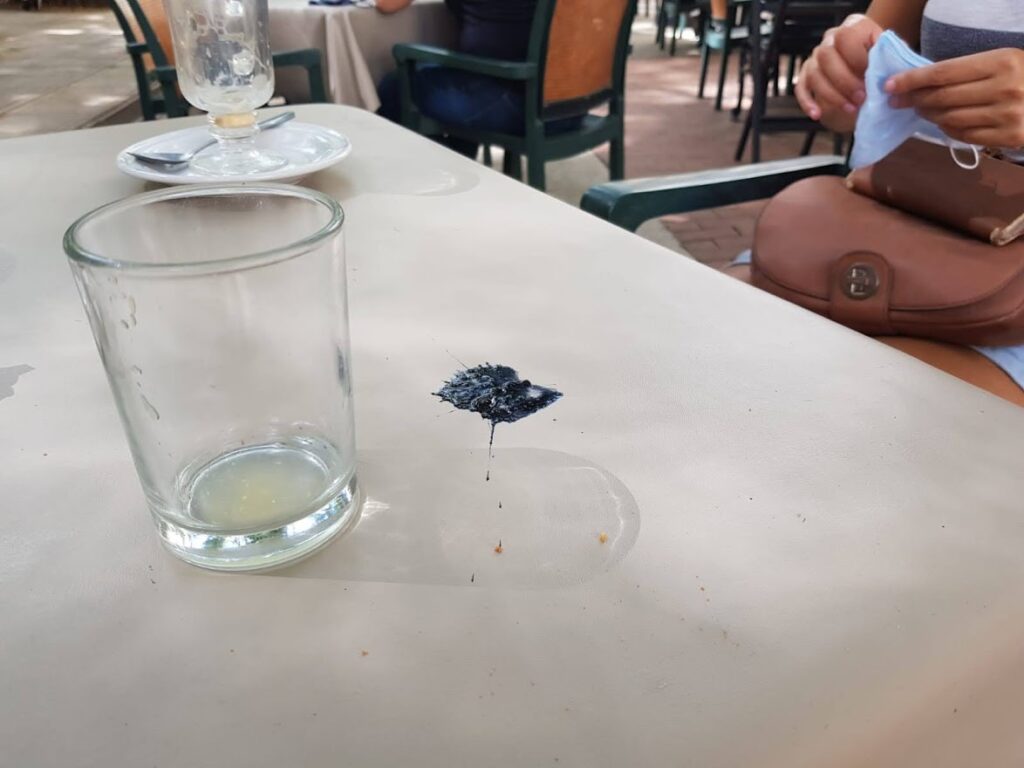
The historic center of Merida
The historic center is very inviting to linger. Especially the Plaza grande is equipped with park benches, from which you can observe the hustle and bustle well and still keep social distancing:
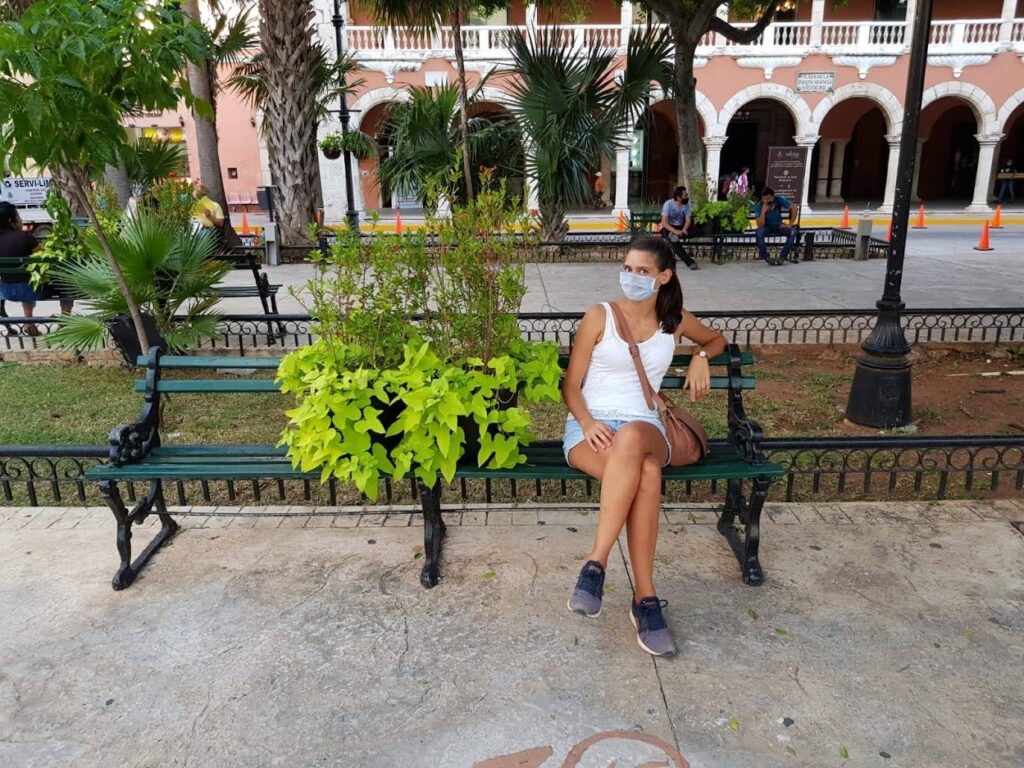
The Plaza grande (Plaza de la independencia) is the main square of Merida, where important buildings for the Yucatecos as well as the inhabitants of Merida are located: First, the Merida Cathedral, built in the 16th century with stones from the Mayan pyramid that stood there before. Really impressive!
Another important building is the former palace of Francisco Montejo, the conqueror of Yucatan and founder of Merida. Besides an art museum, which contains the most important works of local artists, there is also the Merida City Hall and the Governor's Palace of the State of Yucatan. So, important buildings of religion, government and art&culture are located in this square.
A little USA feeling in Mexico?
Tomek and I discovered on our first days in Merida that there was a Walmart just 2km from our place. Since Tomek had never been to one and I also wanted to buy a blog for our Spanish class, we headed there. To get from our accommodation to Walmart, we had to walk along Paseo Montejo. This is a boulevard that is supposed to be reminiscent of the Avenue des Champs-Elysees in Paris and where magnificent villas have been built.
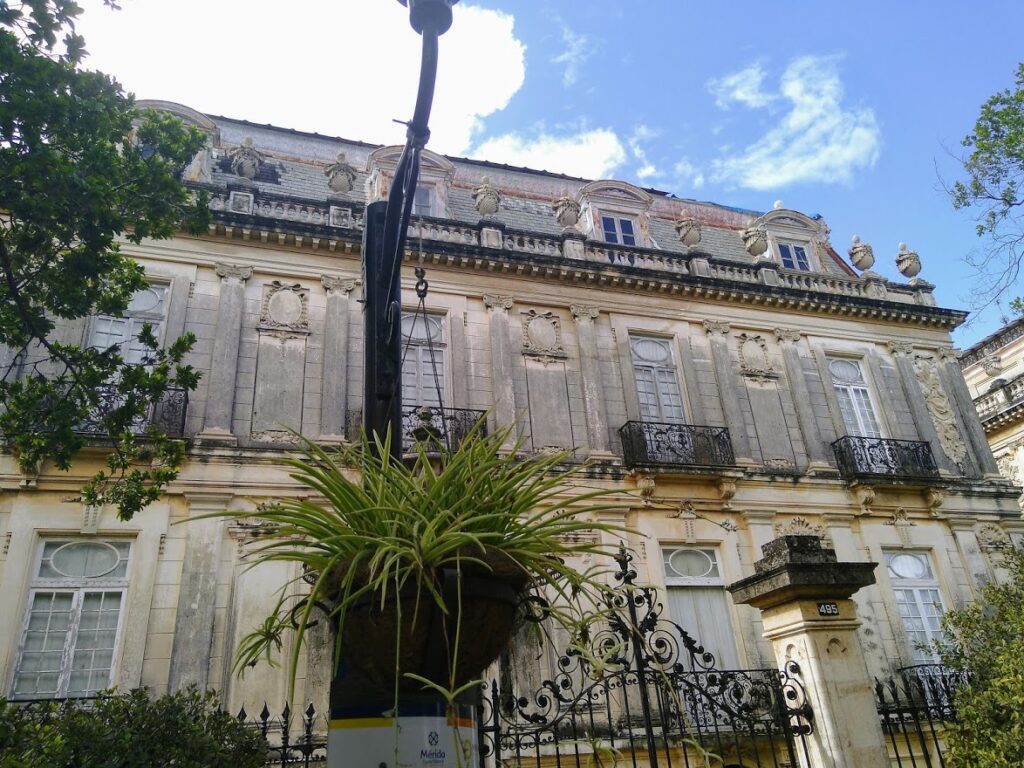
Arriving at Walmart, we felt like aliens. There is a large selection of shoes and socks and since I had to say goodbye to a pair of shoes after 20 weeks on the road and Tomek urgently needed new socks, we thought we could just stock up there. Unfortunately, we quickly discovered that we are simply much too big for Mexican conditions. With european shoe size of 40, I need the Mexican size 28, but even size 26 is a rarity and 28 is not available for women at all. Tomek's sock situation looked similar - he needs size 29, but the only size we could find was 24-27.
At least I found a pad for the Spanish class and Tomek also found a few other things he could use.
The main cemetery of Merida
In our language school we were offered to participate in a tour on the afternoon. We were only told that this would go to the city's cemetery. We did not know what to expect, but were curious and participated.
Raul, our guide, explained to us very vividly that death and dealing with the dead is deeply rooted in Mexican culture. It is believed that the souls of the deceased always return at the beginning of November (on Dia de los Muertos - Day of the Dead). For this, the relatives come to the cemetery, open the graves and clean the bones. The idea behind this is that the deceased should realize that the relatives do not forget them and still think about them.
But not only is this different from our culture, the cemeteries are also designed quite differently. There are large mausoleums for certain groups of people: For example, for all the workers of one profession - the molineros, the millers who grind the flour for tortillas. But we could also marvel at a mass grave for people of Chinese origin.
By the way, the very poor part of the population is buried in urns paid by the government. We were able to get a picture of this as well. It is also interesting that angels were placed on many tombstones. The bigger the angel figure is, the older the person has become. Accordingly, there are also very small angels in the area where the children were buried.
We were really impressed with this trip to the cemetery!
More excursions & new acquaintances in Merida
Together with our classmates Isobel and Sumair, we also visited a large mall a little outside the center during the first week. For this, Tomek and I drove with Uber for the first time. Isobel and Sumair both live in the U.S., so using Uber is more than normal for the two of them, but we found it very exciting, because until then we assumed that Uber didn't even exist in Germany. The mall awaited us with lots of Christmas decorations and an ice skating rink, on which many little girls were very talented in showing off their pirouettes.
In the mall, by the way, we also discovered that we really are oversized for Mexicans, as this cute ad proved to us:
One week of refreshing our Spanish skills was not enough for us and we spent the following week in Merida as well. Thereby we also had time to explore the surroundings of Merida during a nice day trip. Here it goes to the report of it.
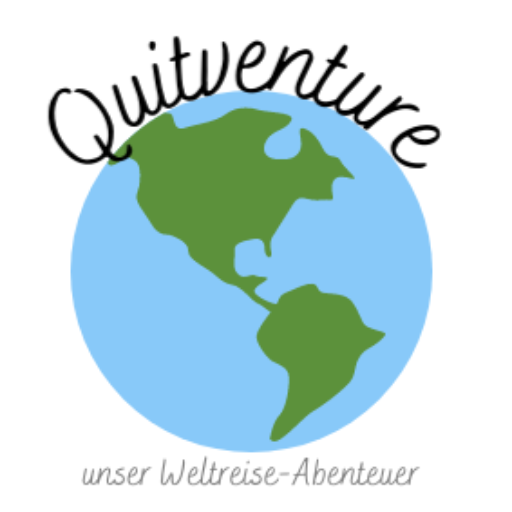
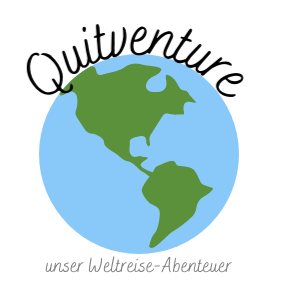
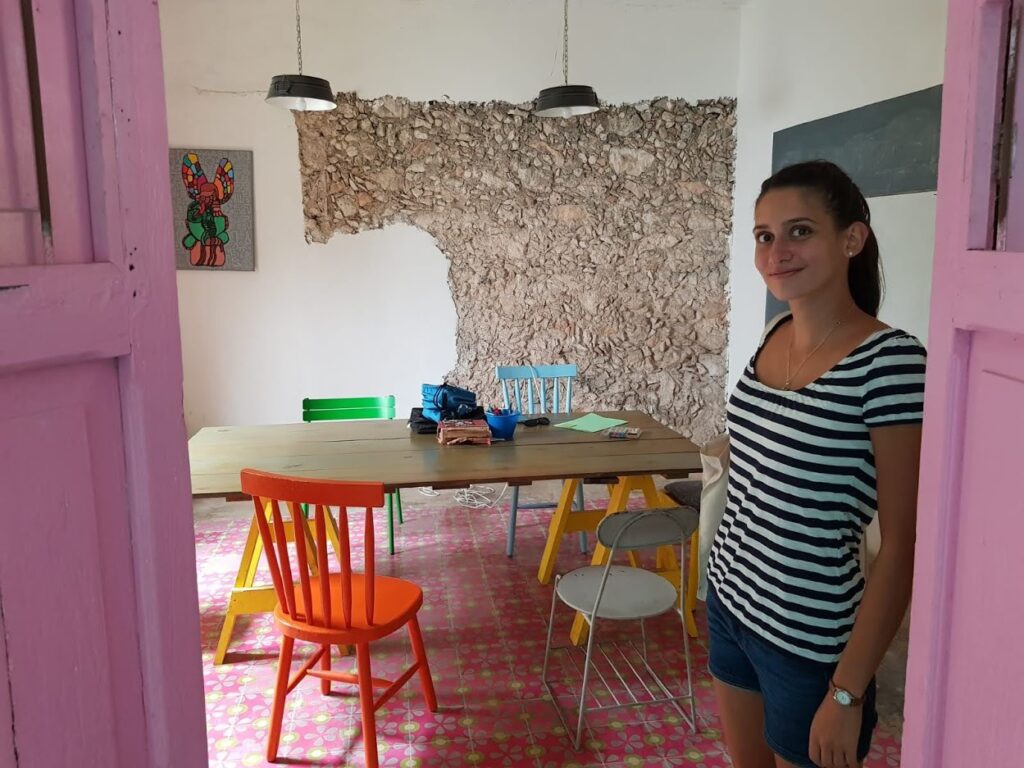


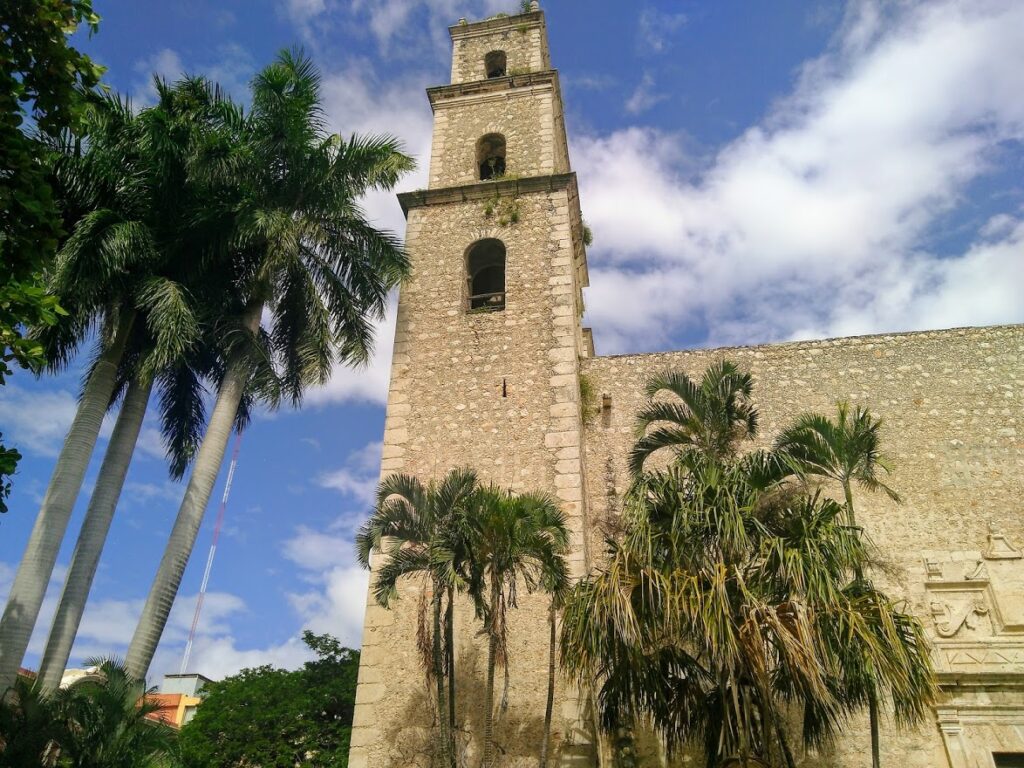
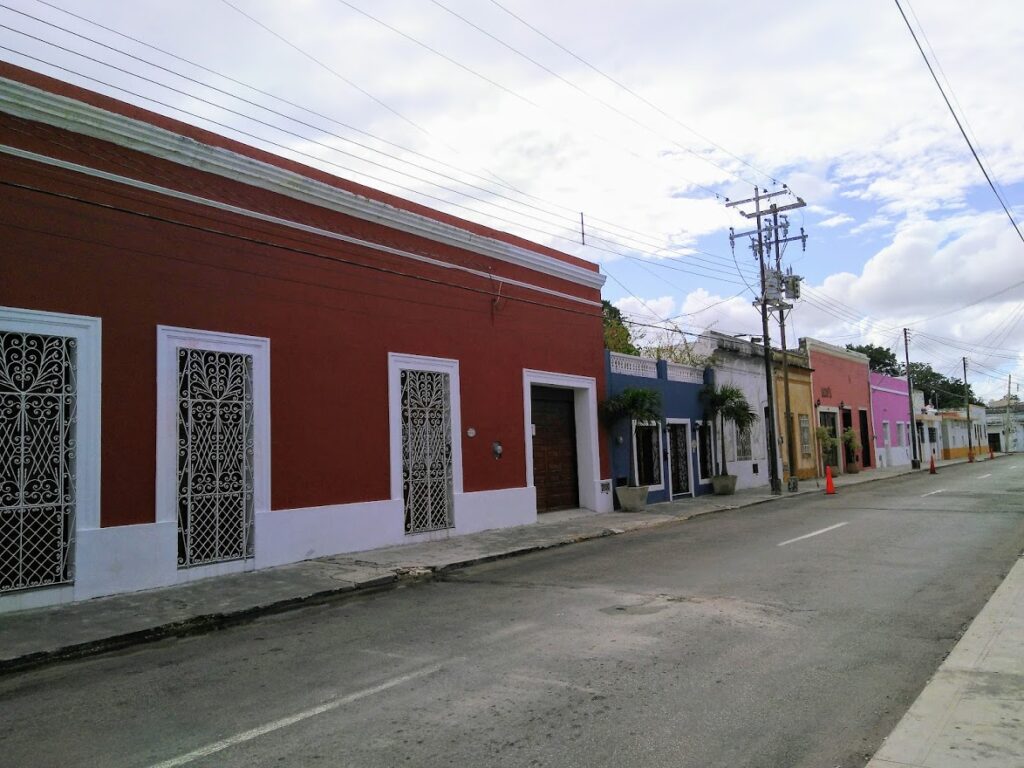
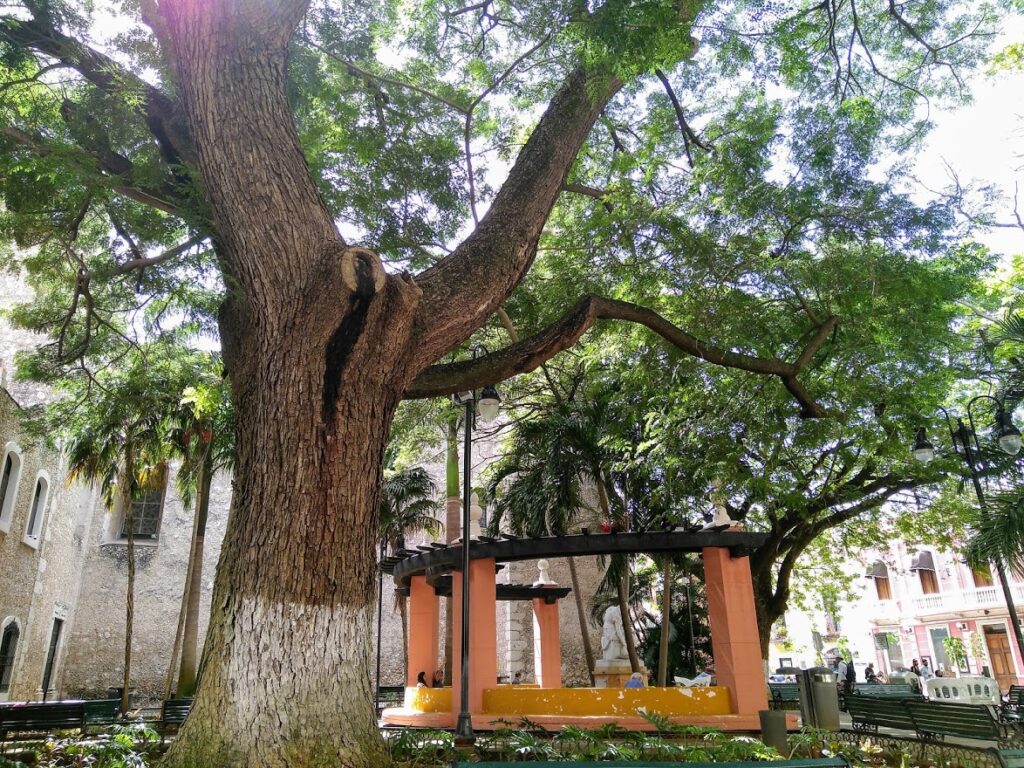
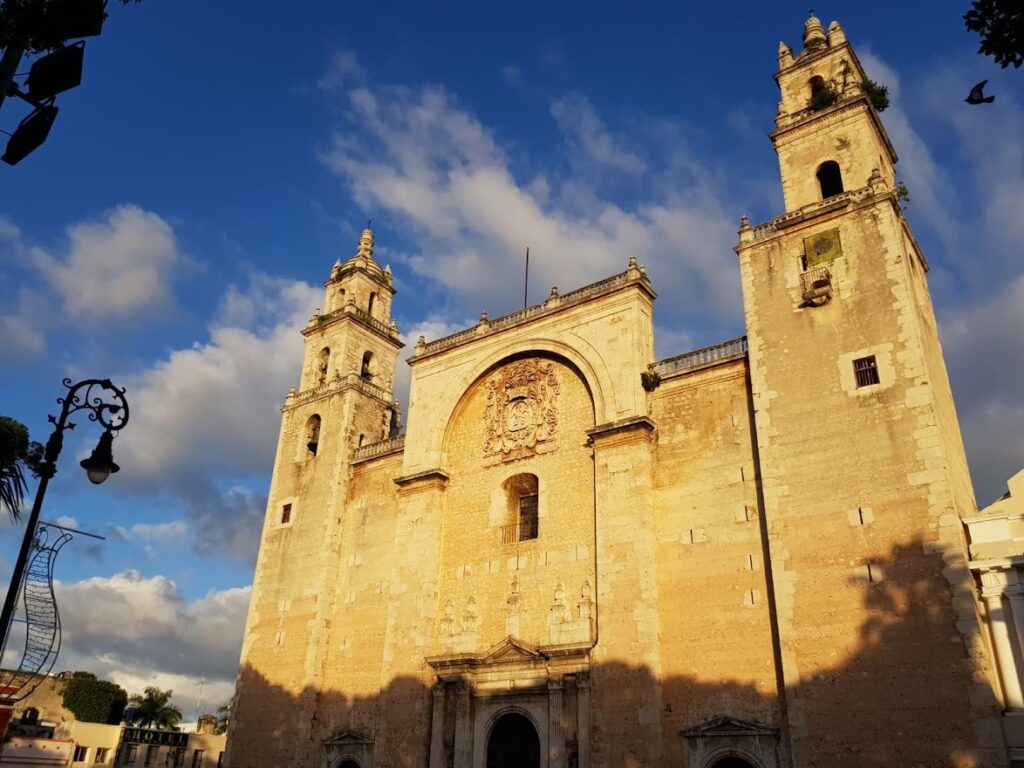
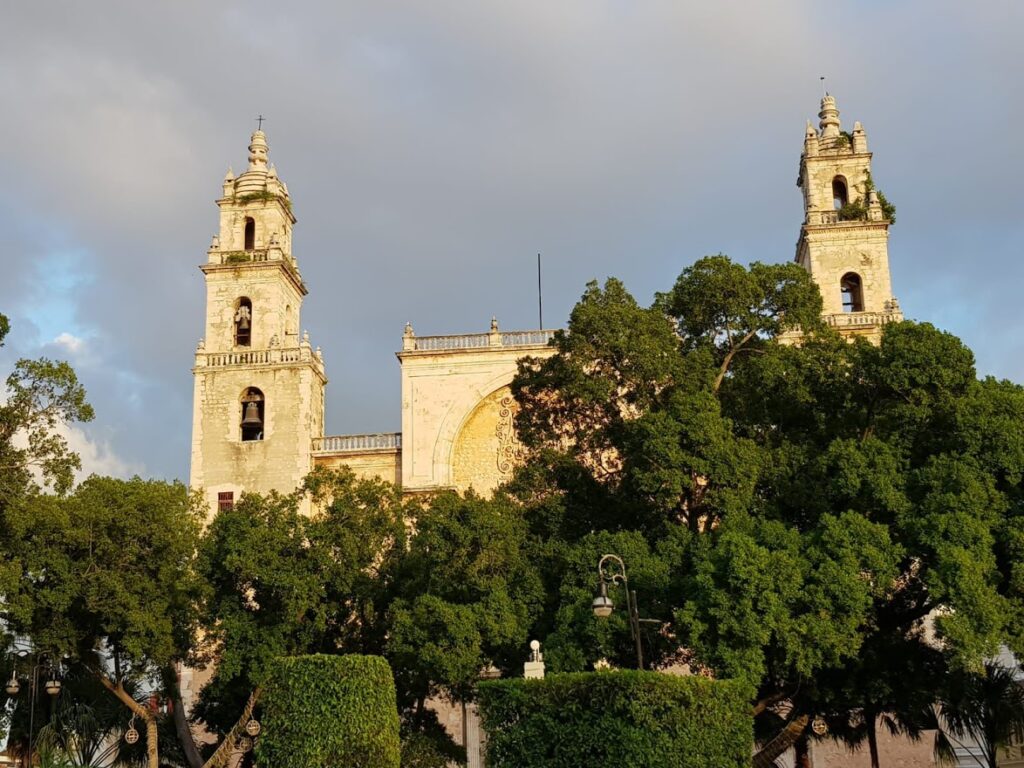
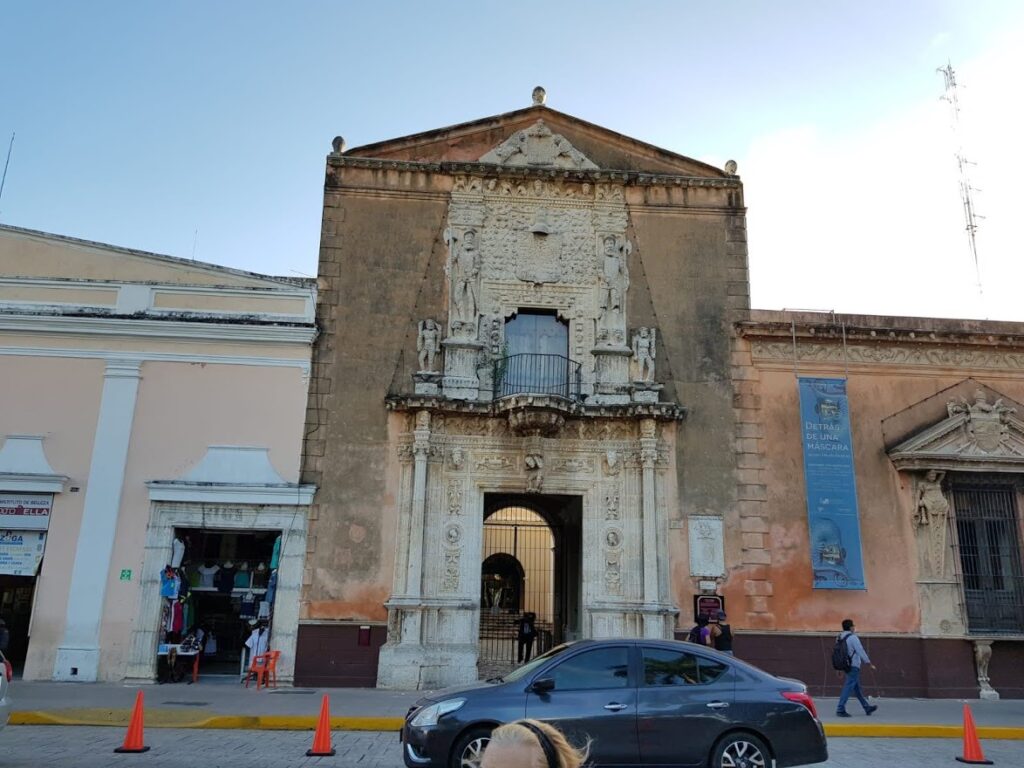
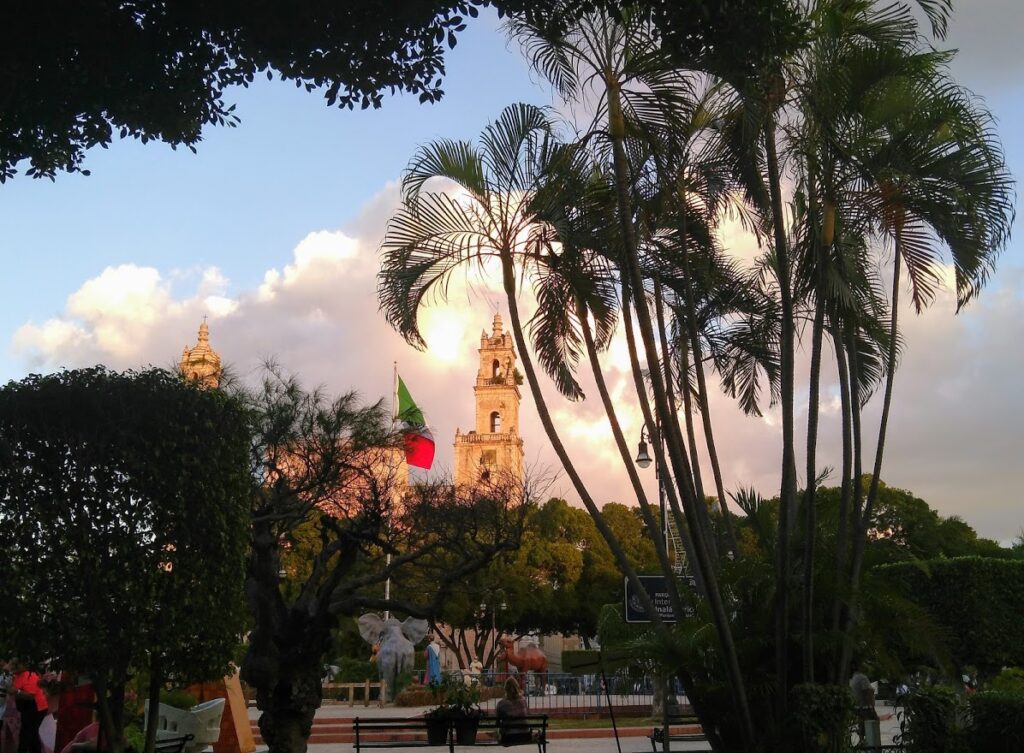
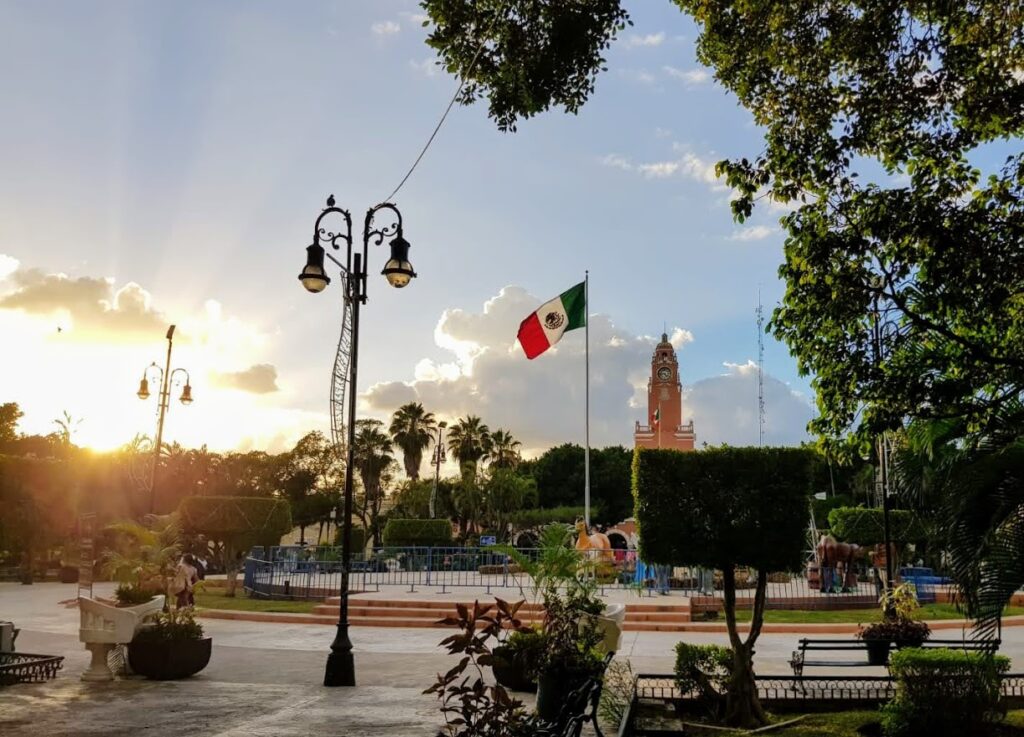
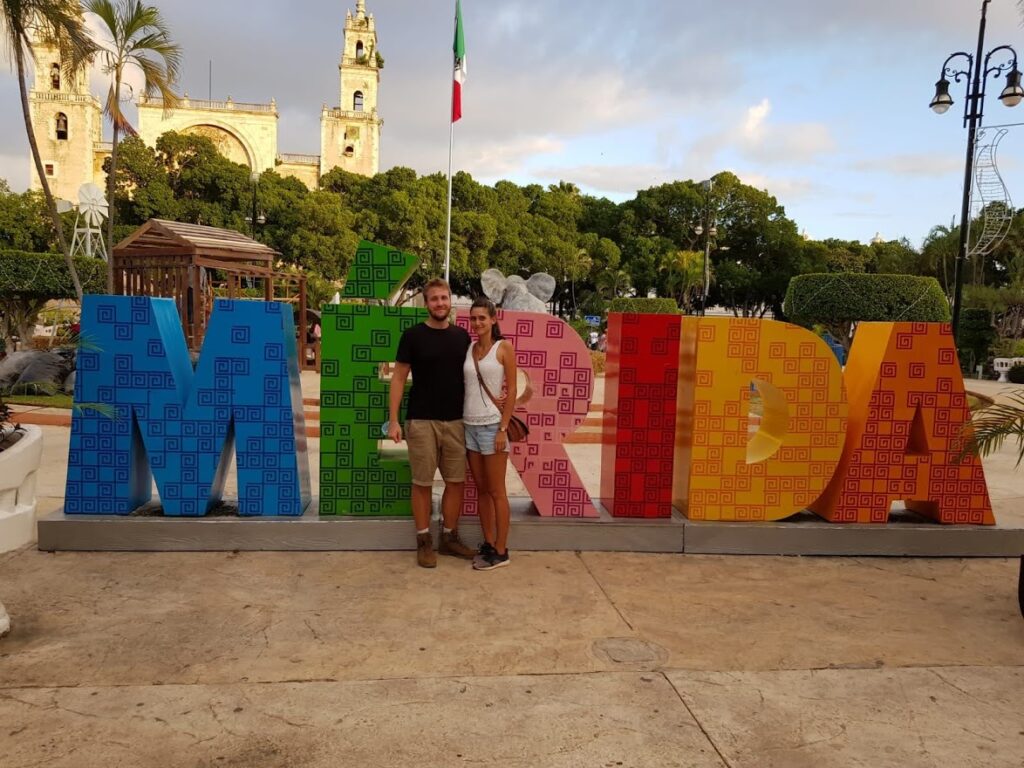
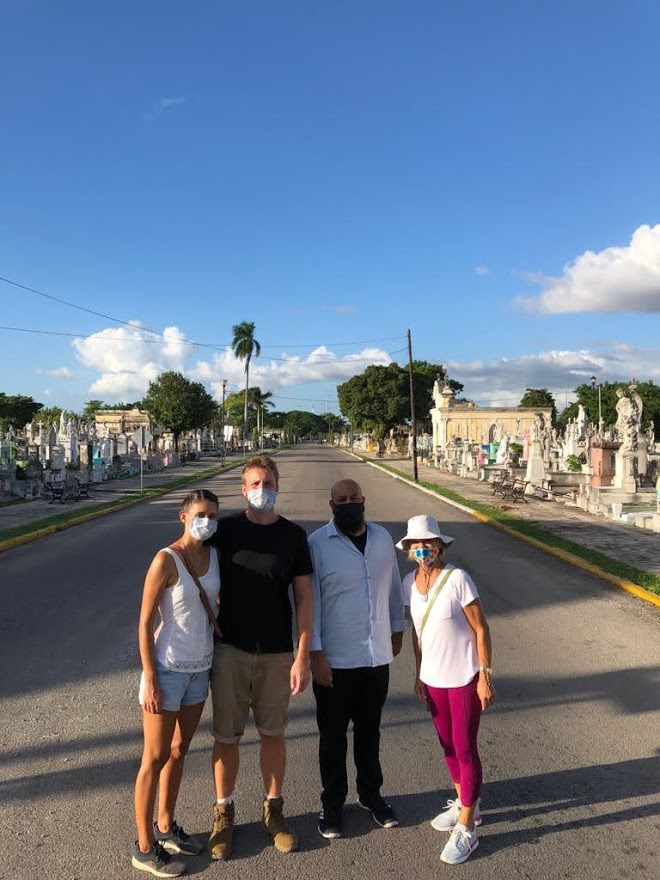
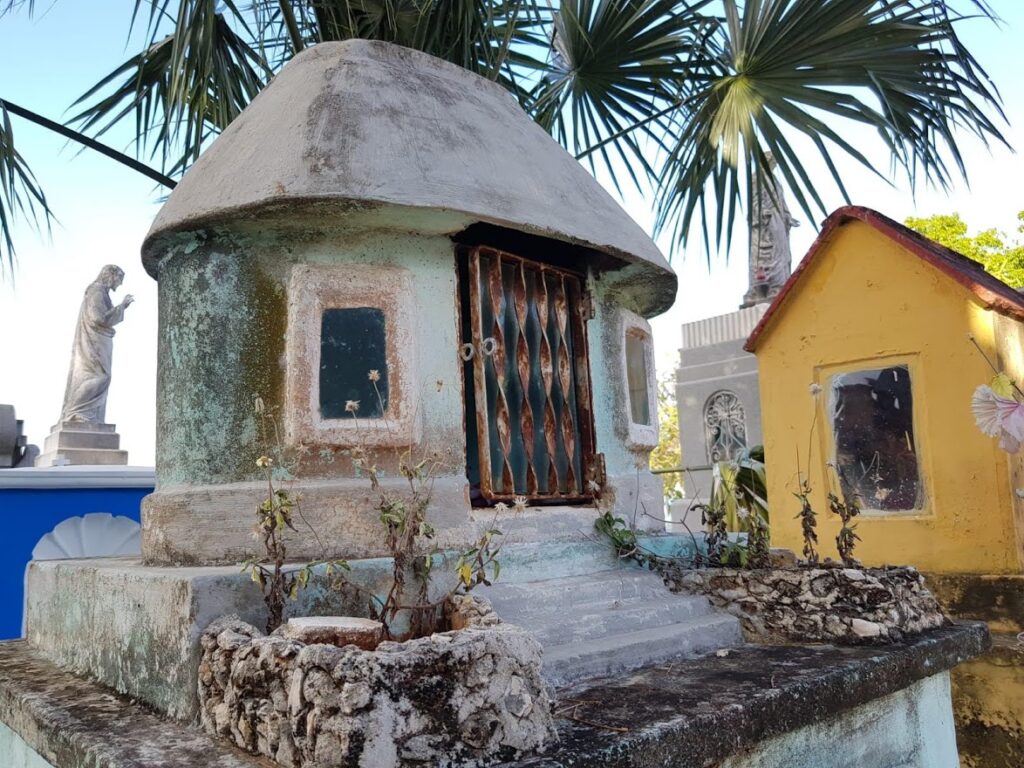
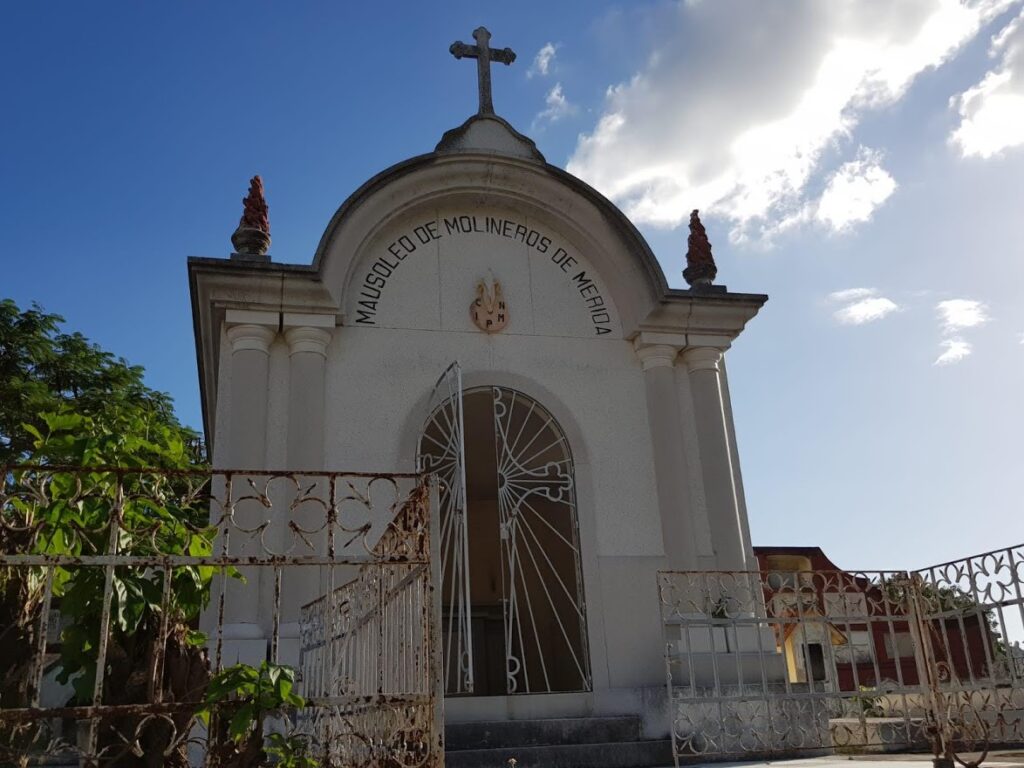
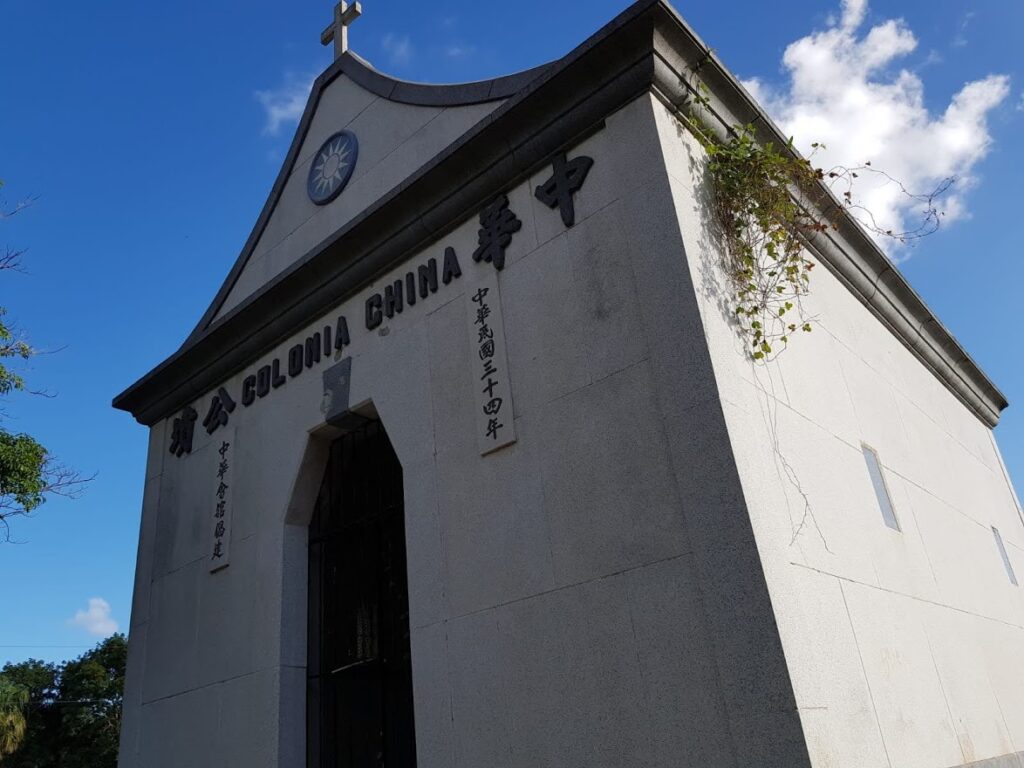
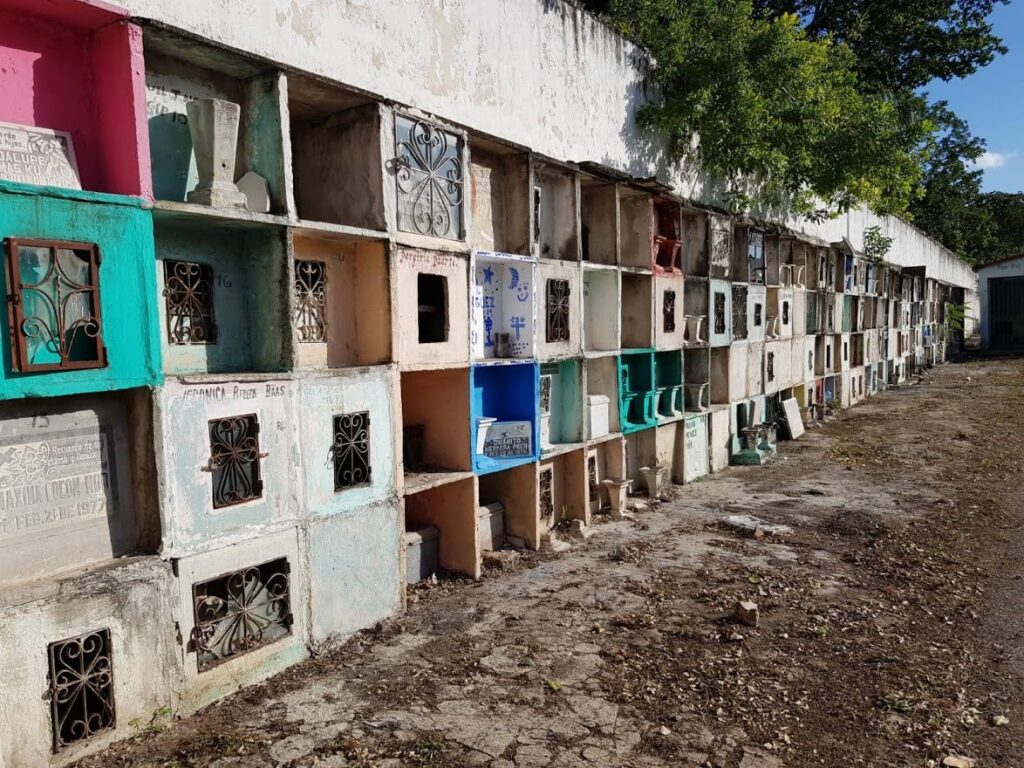
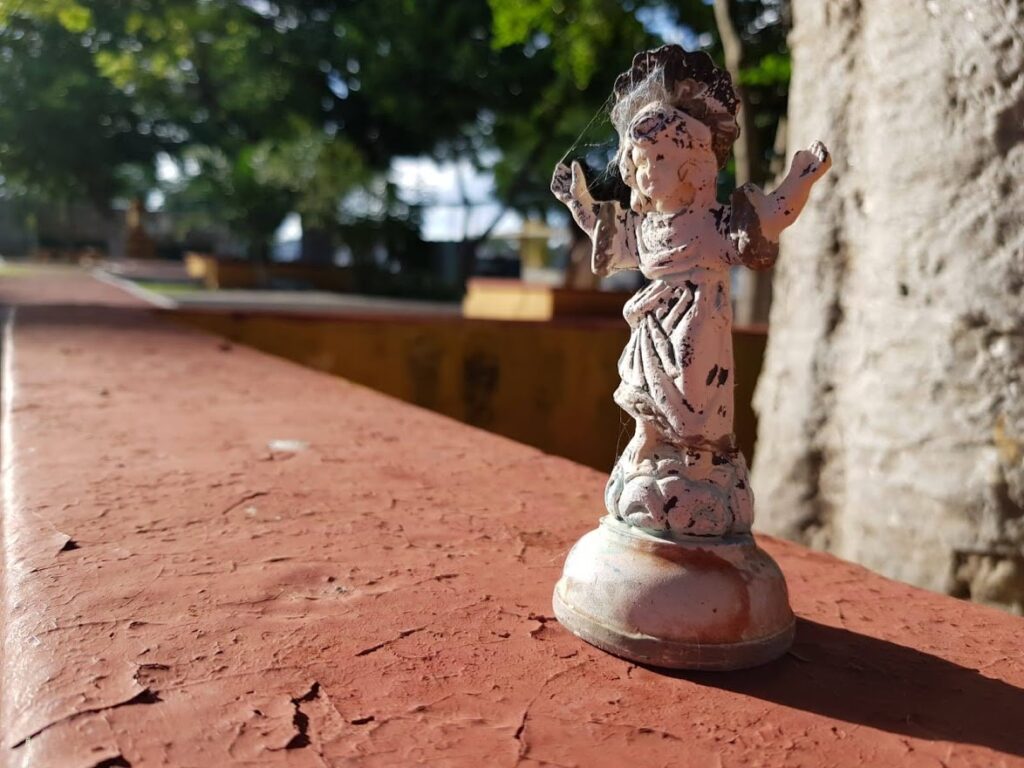
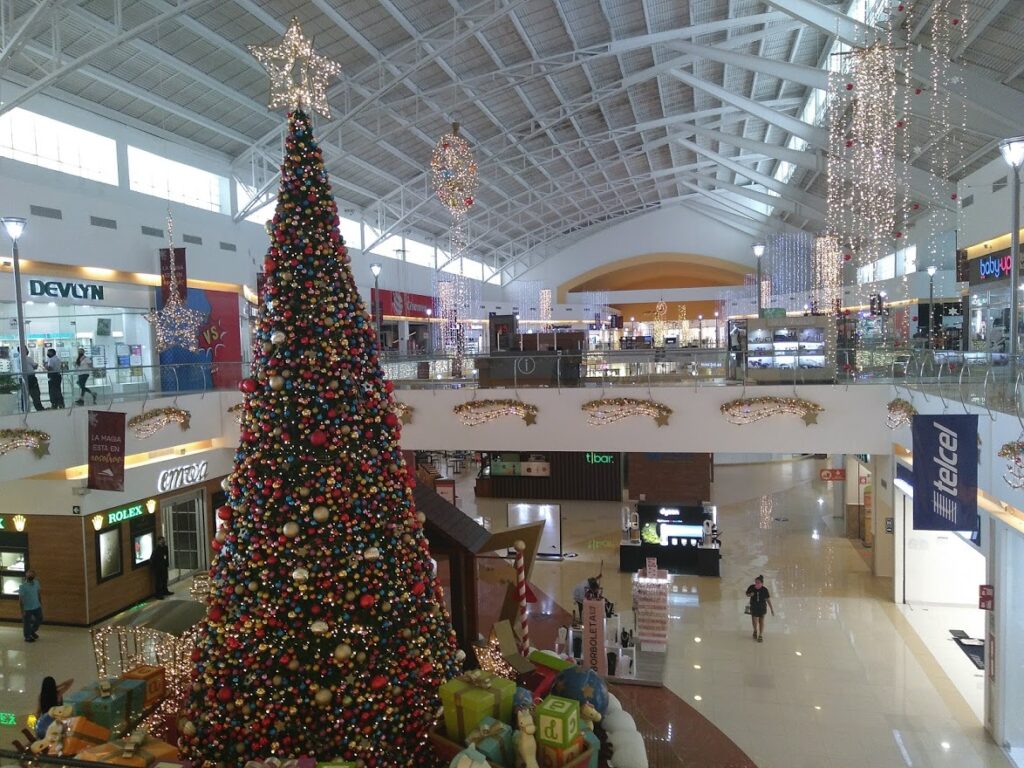
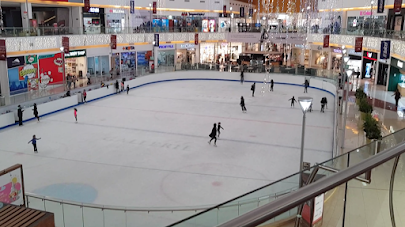
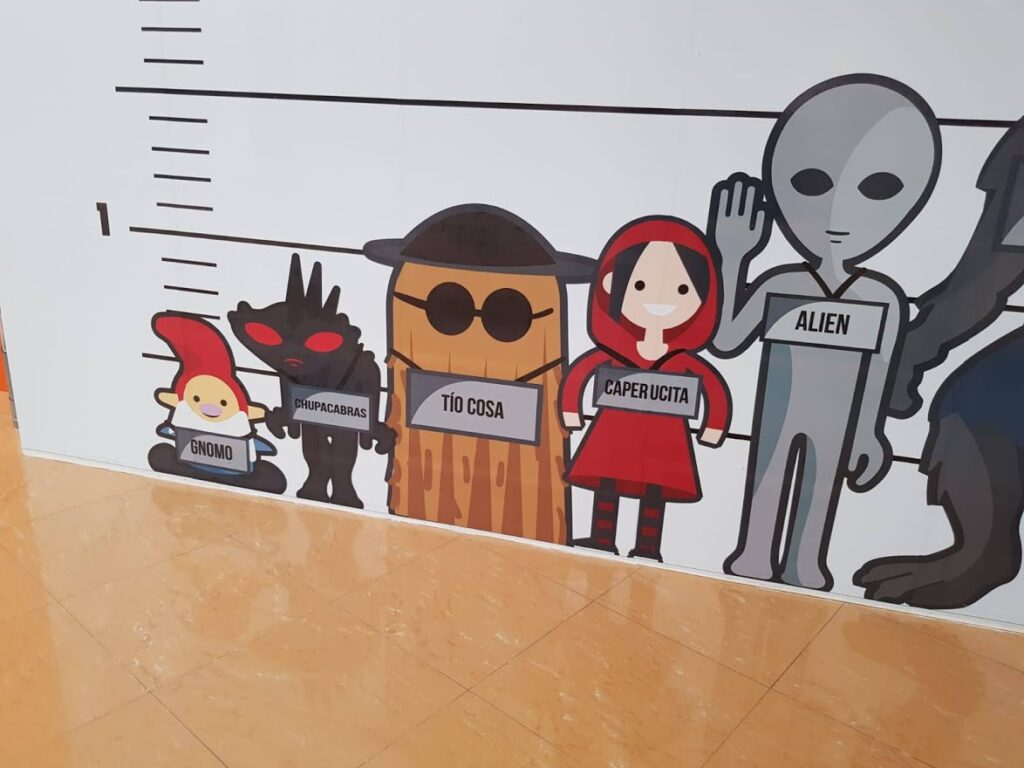
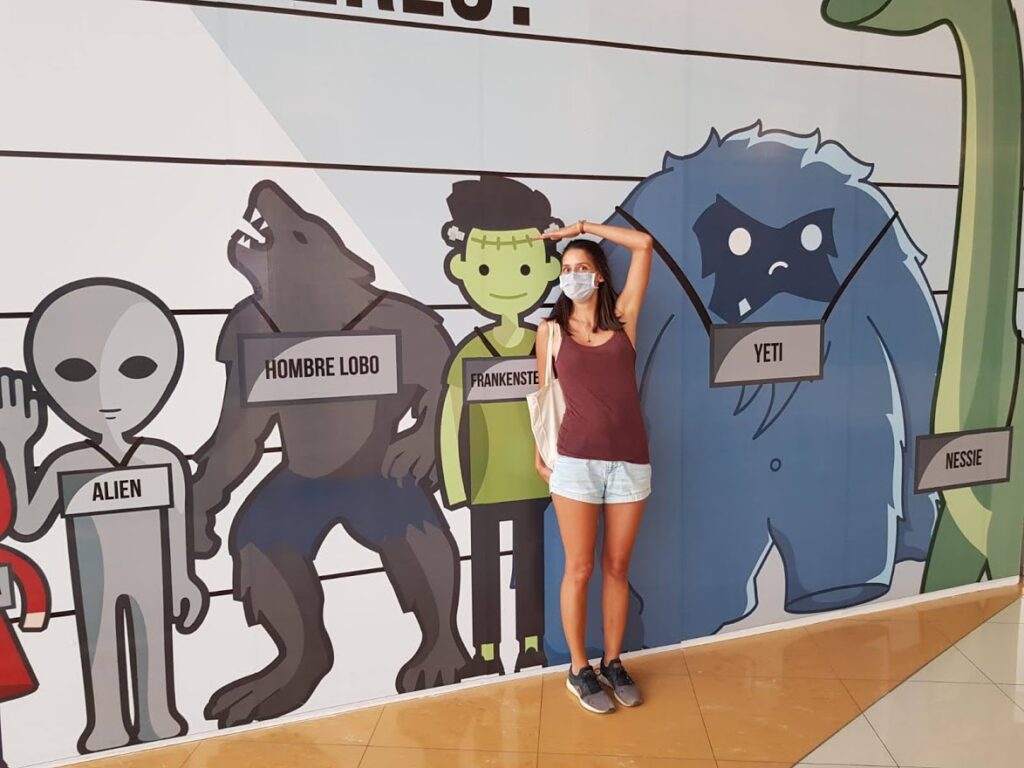
It was a pleasure to have stunning students like you and Tomas! Happy belated birthday my sweet Caro!!! 🎂
Do not forget your Spanish teacher in Merida!!! Haha
Btw,I’m in love with this blog!
Xxxxx.
Karla.
Feliz Cumpleanos to you too dear Karla! Muchas gracias! We had a really good time. 🙂